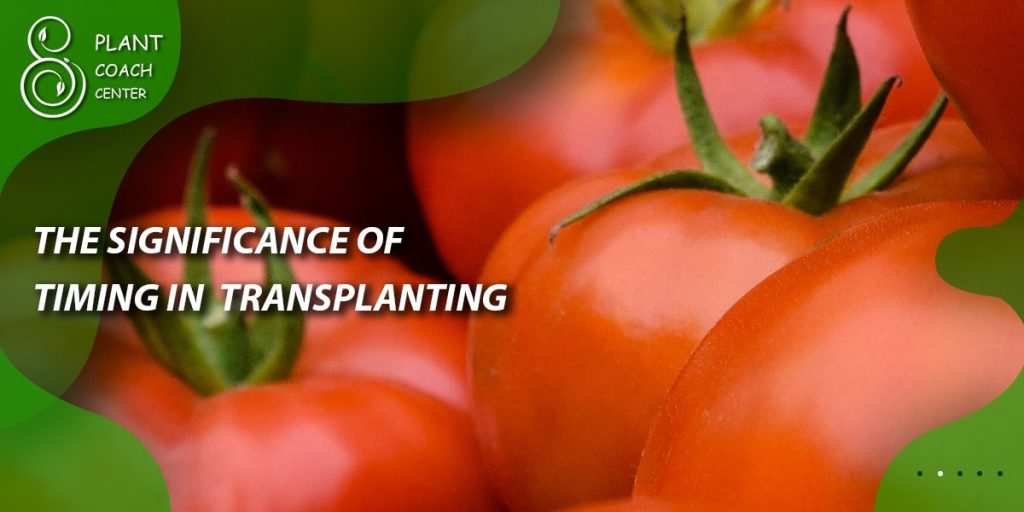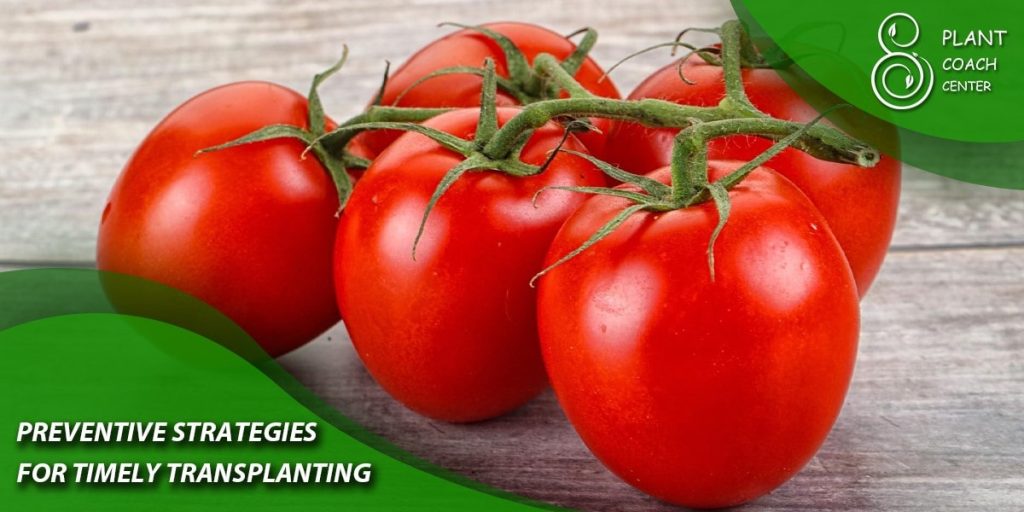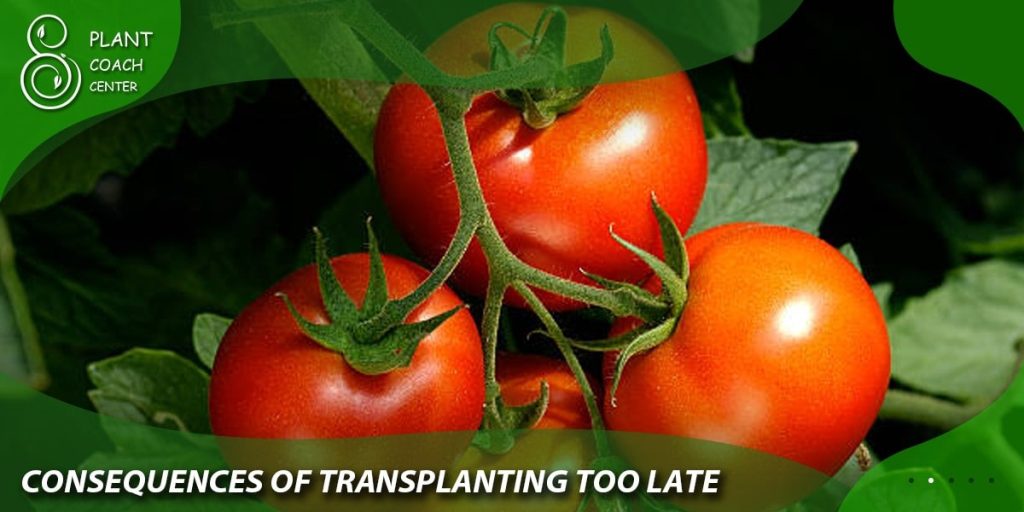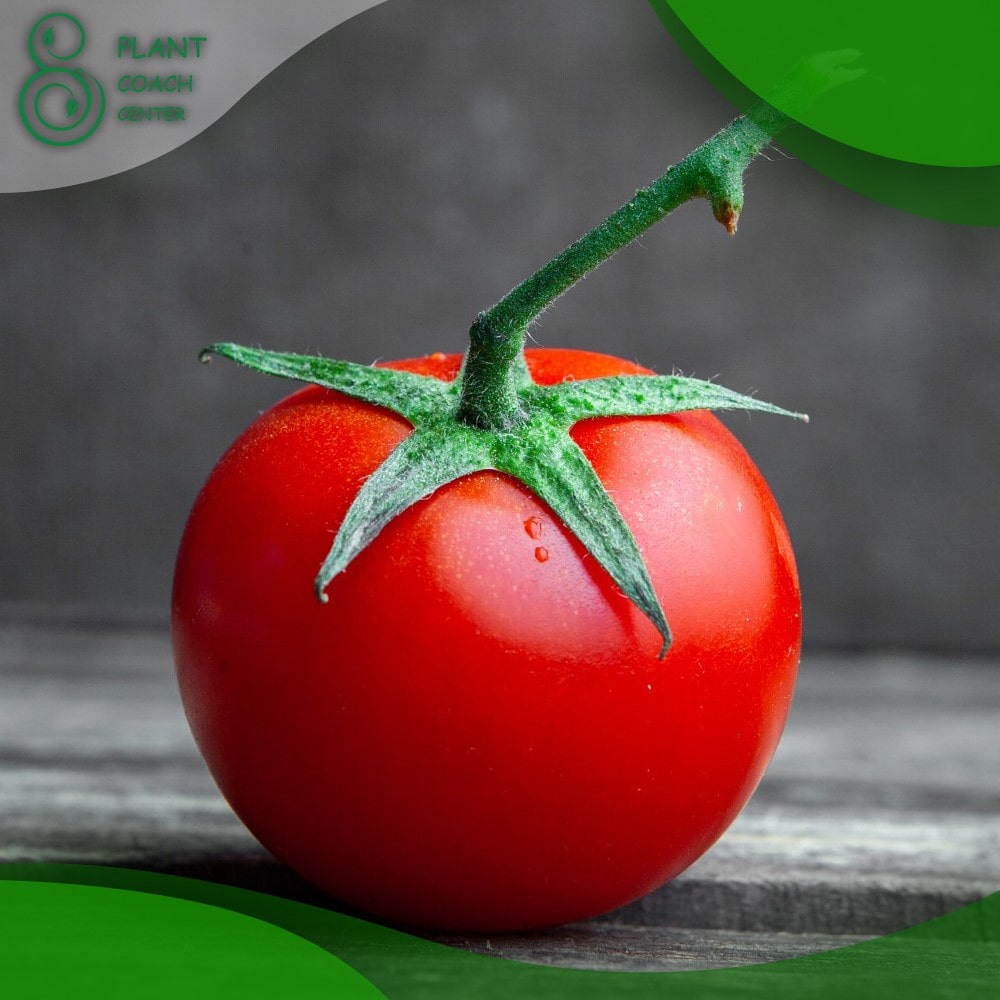When Is It Too Late To Transplant Tomatoes?
Introduction
Every gardener knows that timing is everything, especially when it comes to transplanting tomatoes. The question of when is it too late to transplant tomatoes is one that perplexes many, and for good reason. Transplanting is a critical juncture in a tomato plant’s life cycle, and getting it right is key to ensuring a healthy and productive plant. This comprehensive guide from PlantCoachCenter.com aims to shed light on this important topic.
Understanding the Tomato Plant
Tomato plants, like all living organisms, have a particular life cycle and growth pattern. They start as seeds, then germinate into seedlings, grow into mature plants, flower, and eventually bear fruit. Each of these stages plays a crucial role in the overall health and productivity of the plant.
The Art of Transplanting Tomatoes
Transplanting is the process of moving a plant from one place to another. In the case of tomatoes, this usually means moving them from their initial seeding trays into a larger, more permanent location where they can stretch their roots and grow. The timing of this move is crucial. Ideally, tomato seedlings should be transplanted when they have developed their first true set of leaves, which typically occurs 2-3 weeks after sowing.
The Significance of Timing in Transplanting
The timing of transplanting has a significant impact on a tomato plant’s health and yield. Transplanting at the right time ensures that the plant has enough space to develop a robust root system, which is critical for its ability to absorb water and nutrients. It also helps the plant avoid competition for resources, which can lead to stunted growth and reduced productivity.

Indicators That It’s Too Late To Transplant Tomatoes
Recognizing when it’s too late to transplant tomatoes involves observing several key signs. These include physical changes in the plant, such as an overgrown root system and late blooming. Environmental factors, such as the time of year and the current weather conditions, can also play a role.
Consequences of Transplanting Too Late
Transplanting tomatoes too late can have several negative consequences. The plant may not have enough time to establish a strong root system before it starts to fruit, leading to reduced yield and lower-quality fruit. The plant may also be more susceptible to diseases and pests as it has not had sufficient time to build resilience.
Remedial Measures for Late Transplanting
If you have transplanted your tomatoes too late, there are still measures you can take to help them recover. These include ensuring they receive adequate water, applying appropriate fertilizers to provide necessary nutrients, implementing effective pest and disease control measures, staking the plants to provide support and promote vertical growth, and pruning the plants to direct their energy towards fruit production.
Preventive Strategies for Timely Transplanting
Preventing late transplanting involves proactive planning and regular monitoring of your tomato plants. Start by scheduling your planting so that the seedlings will be ready to transplant at the ideal time. Monitor their growth regularly, paying particular attention to the development of true leaves. Understanding your plants’ needs and responding appropriately can also help ensure that you transplant at the right time. Lastly, using gardening tools and aids effectively can help enhance your efficiency and precision in transplanting.

The Ideal Conditions and Timing for Transplanting Tomatoes
When it comes to transplanting tomatoes, timing is everything. But what does the right timing look like?
Tomato seedlings are ideally transplanted into their permanent spot (whether that’s a large pot, raised bed, or garden soil) when they’re about 6-8 inches tall – usually a couple of weeks after they’ve developed their first true leaves.
The condition of the seedling is key. Look for robust, healthy seedlings with a vibrant green color. Avoid those with yellowing leaves or signs of disease or pest infestation.
The ideal time of day for transplanting is in the early morning or late evening when the sun isn’t as strong. This helps the transplants avoid immediate exposure to harsh sunlight, reducing the risk of transplant shock.
The weather on the day of transplanting is another important consideration. If possible, choose a cloudy day for transplanting to minimize the impact of the sun on the newly transplanted seedlings.
Consequences of Transplanting Too Late
When tomato seedlings are transplanted too late, they may already be stressed due to overcrowding and competition for resources. The stress of transplanting can further weaken them, making them more susceptible to diseases and pests.
Late transplants often struggle to establish a strong root system. This can lead to a host of problems, including water and nutrient deficiencies, reduced growth, and lower yield.
The fruits of late-transplanted tomatoes are often smaller and less flavorful than those transplanted at the right time. The plant may also produce less fruit overall because it’s put so much energy into survival rather than fruit production.

Remedial Measures for Late Transplanting
If you’ve transplanted your tomatoes too late, don’t panic – there are steps you can take to help them recover.
Watering: Newly transplanted tomatoes, especially those transplanted late, need plenty of water. Keep the soil consistently moist but avoid waterlogging which can lead to root rot.
Fertilizing: Use a balanced, slow-release fertilizer to provide the nutrients your tomatoes need. Avoid high-nitrogen fertilizers, which can promote leaf growth at the expense of fruit production.
Pest and Disease Control: Monitor your plants closely for signs of pests or disease. If you spot any problems, treat them promptly with appropriate organic or chemical treatments.
Staking: Provide support for your plants by staking them. This will help them grow upright, maximize their exposure to sunlight, and make fruit harvesting easier.
Pruning: Prune your tomato plants to direct energy towards fruit production. Remove any dead or diseased leaves and branches, and consider removing some of the lower leaves to improve air circulation and reduce disease risk.
Conclusion
Decoding the timing puzzle for transplanting tomatoes is a crucial part of successful gardening. While it can be challenging to get the timing right, understanding the indicators of late transplanting and the measures you can take to mitigate its effects can help ensure that your tomatoes not only survive but thrive.
Remember, every gardener learns through trial and error, so don’t be discouraged if you don’t get it right the first time. Keep observing, learning, and adjusting your practices, and you will see improvement over time.
When should I ideally transplant tomato seedlings?
The best time to transplant tomato seedlings is usually 2-3 weeks after sowing, when they have developed their first set of true leaves.
What are the signs that it may be too late to transplant my tomatoes?
Signs that it may be too late to transplant tomatoes include an overgrown root system, late blooming, and signs of disease or pest infestation.
What can happen if I transplant tomatoes too late?
Late transplanting can lead to a range of problems, including reduced yield, lower fruit quality, and increased susceptibility to diseases and pests.
Are there remedial measures I can take for late-transplanted tomatoes?
Yes, there are several measures you can take to help late-transplanted tomatoes recover. These include proper watering, applying appropriate fertilizers, implementing effective pest and disease control measures, staking the plants for support, and pruning to direct the plant's energy towards fruit production.
How can I ensure timely transplanting in the future?
To ensure timely transplanting in the future, it's important to plan your planting schedule carefully, monitor your plants' growth regularly, understand and cater to your plants' needs, and make effective use of gardening tools and aids.
Can tomatoes still bear fruit if transplanted late?
Yes, tomatoes that are transplanted late can still bear fruit, although the yield and quality of the fruit may be affected. However, with proper care and attention, late-transplanted tomatoes can recover and still produce a decent harvest.







